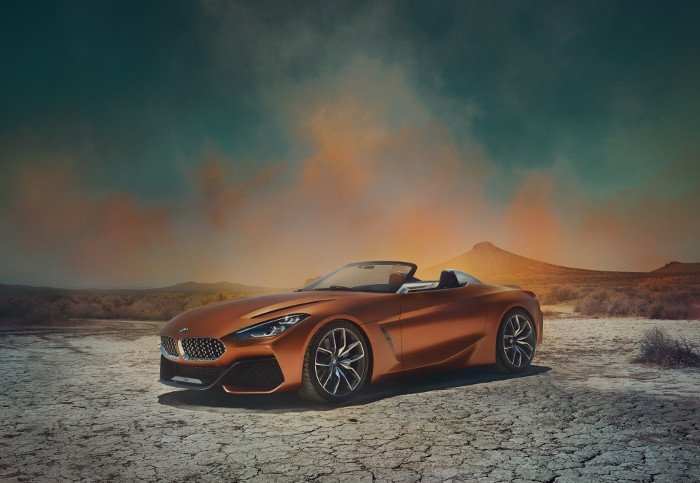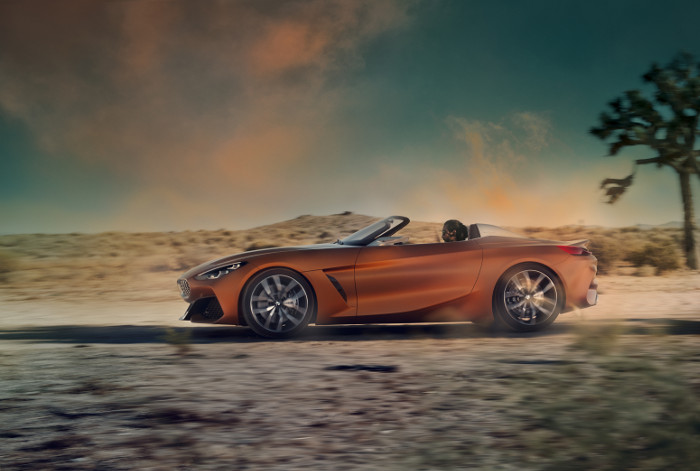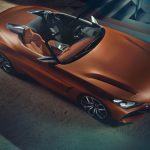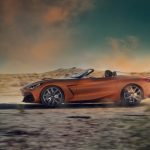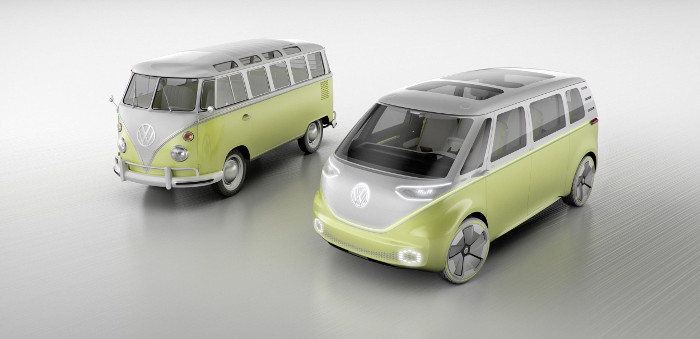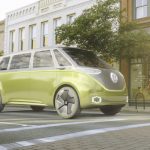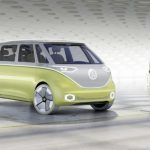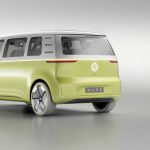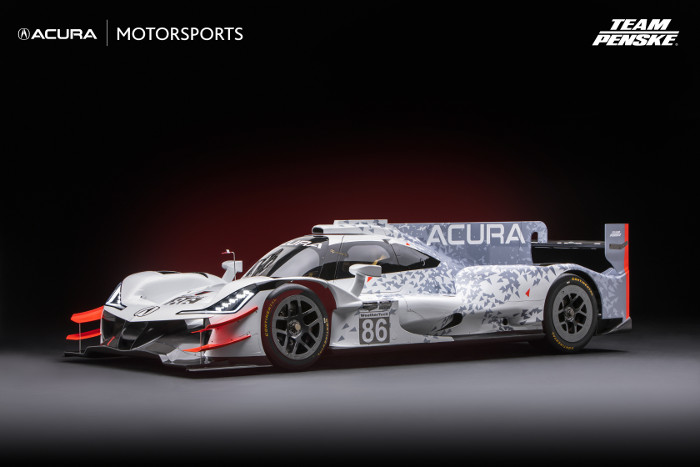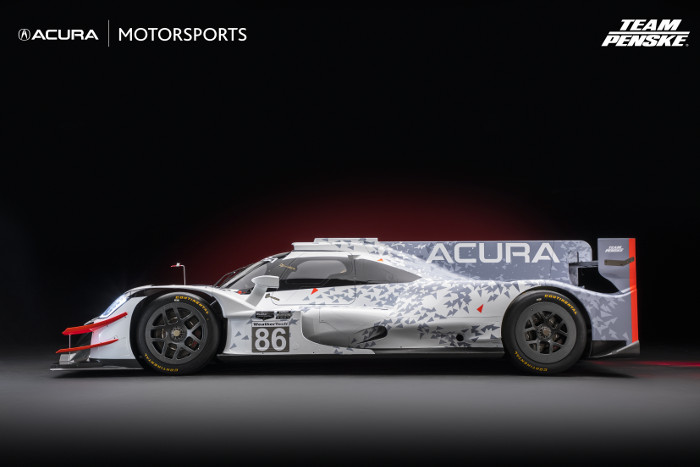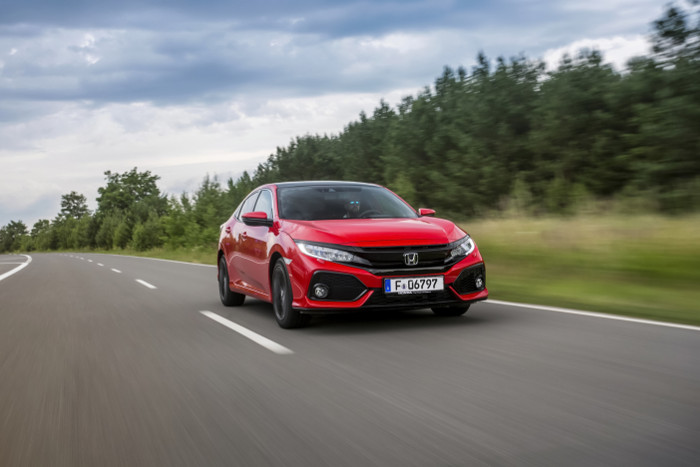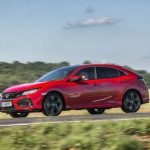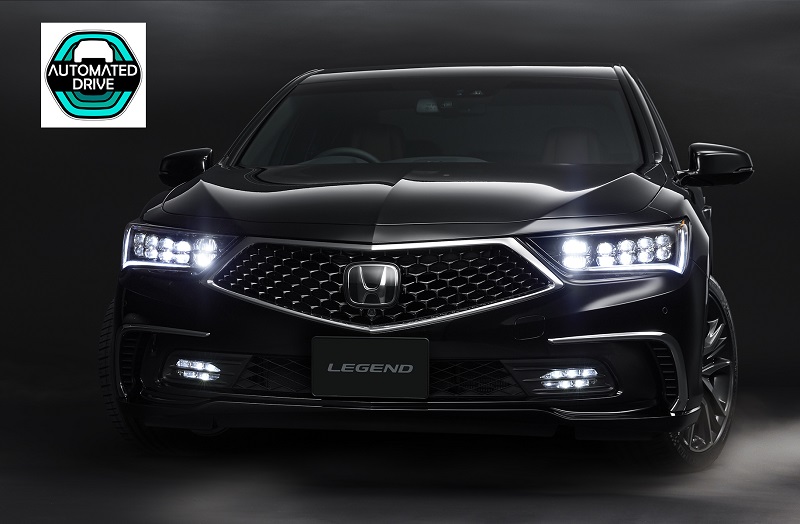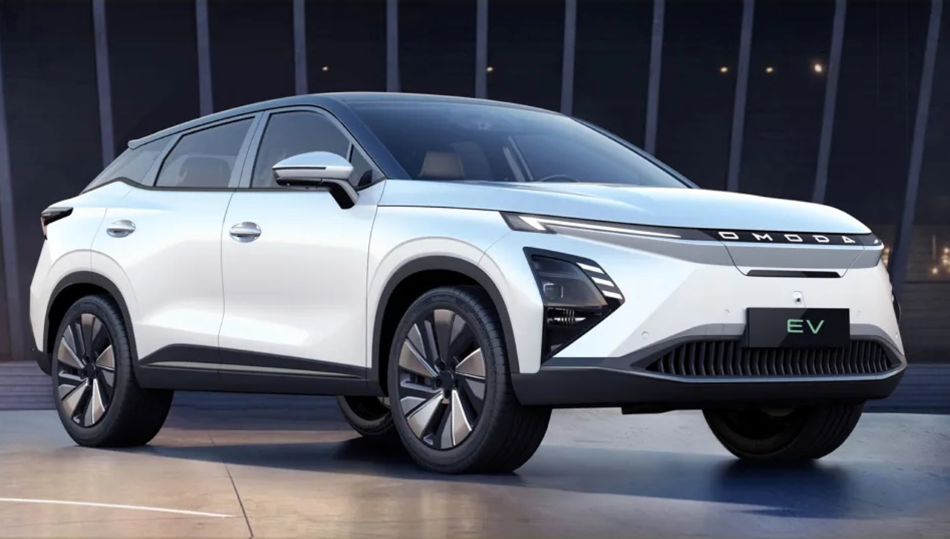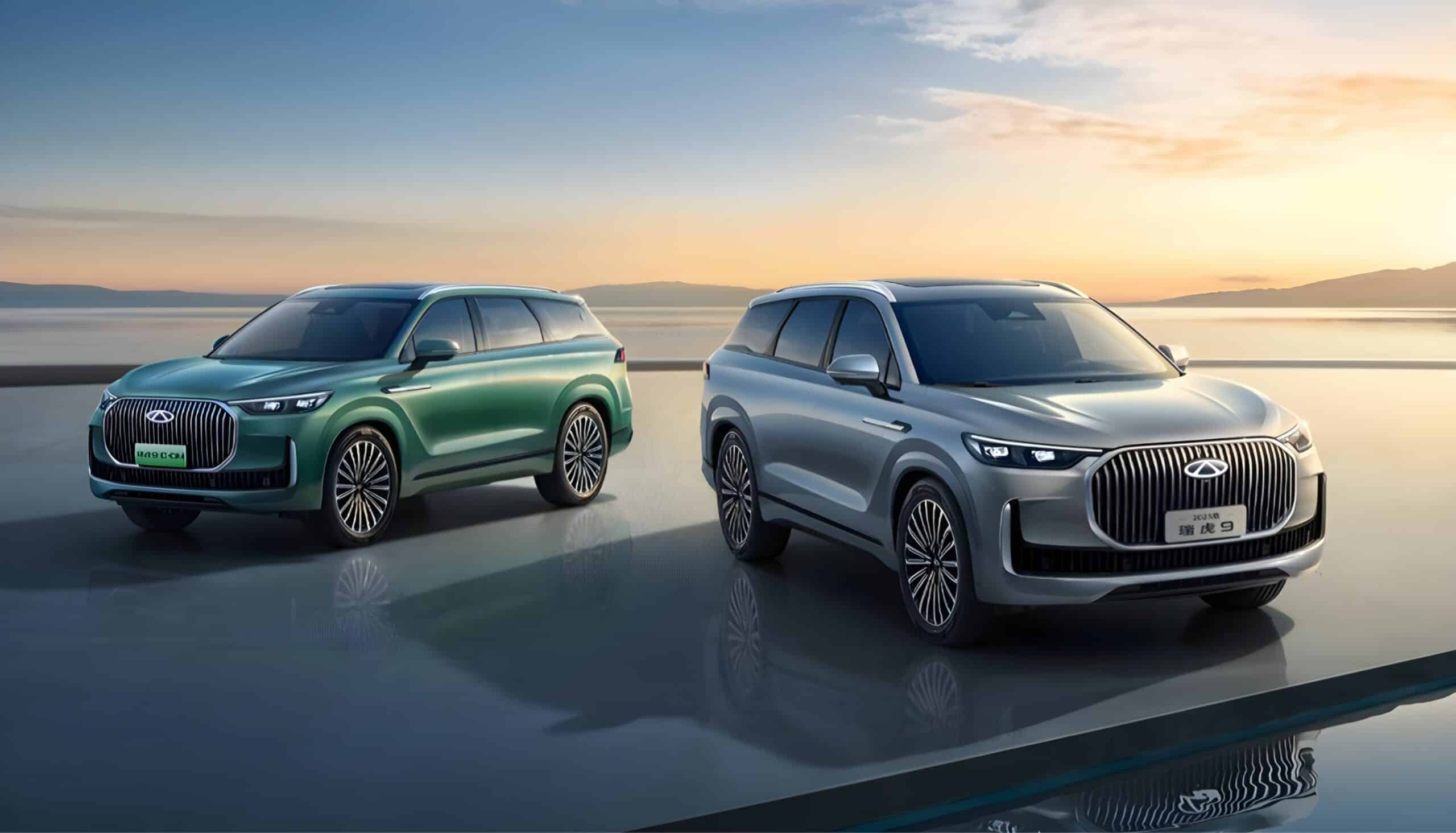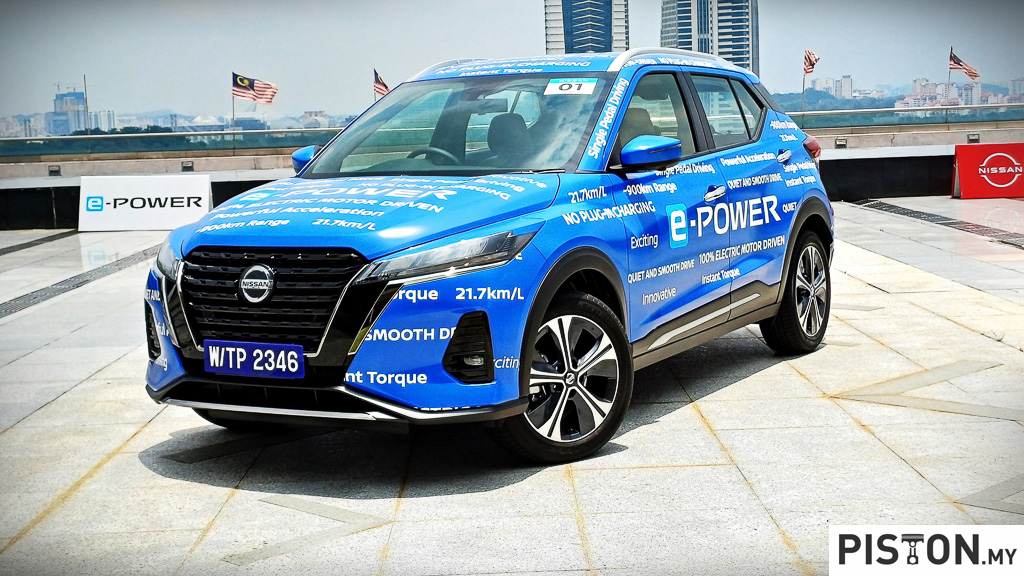The late 1990s and early 2000s spawned some pretty unimaginative vehicles. They weren’t bad mind you, it’s just that many of them lacked attributes that would have made them memorable, years after their manufacturing were halted.
That was the case with the Pontiac Aztek. It was featured on famous Youtuber and automotive journalist, Doug Demuro’s channel where he dissects every intricate detail of the vehicle. Back when it was launched, the Aztek was considered the scourge of the automotive industry.
Its rather peculiar styling coupled with lackluster performance and handling characteristics made for a very underwhelming crossover SUV. Launched in 2001, the Aztek was shunned by car buyers right from the get-go. It failed to appeal to the masses despite major price reductions too.
That said, now looking back, we can agree that the Aztek was a pretty advanced vehicle for its time. Great thought and engineering where put into the design and construction aspects. This is evident from the cooler style storage compartment to the removal of the rear seats and inflatable bed.
It also came with a tent that could be fixed to the rear hatch, which turned the Aztek into an actual camping ‘tent’. The tailgate opens in two sections, there’s the hatch and a door section that doubles as an outdoor seat.
Production of the Aztek seized in 2005 after many failed attempts by Pontiac and its parent company GM, to make the vehicle more appealing to the US car buyer. Now however, it seems to be gaining respect thanks to an appearance on Netflix’s exclusive series Breaking Bad.
Take a look at Doug Demuro’s video and let us know what you think of the Pontiac Aztek and whether it deserves to be considered a future classic.







